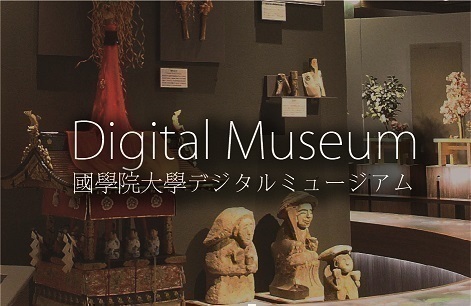- トップ
- Encyclopedia of Shinto
- Zenrinkyō
Encyclopedia of Shinto
| Main Menu: | |
| Links: |
詳細表示 (Complete Article)
| カテゴリー1: | 8. Schools, Groups, and Personalities |
|---|---|
| カテゴリー2: | Modern Sectarian Groups |
| Title | Zenrinkyō |
| Text | A Shinto-derived new religion founded by Rikihisa Tatsusai (1906-77). Rikihisa's father Tatsususaburō had been a spirit medium and head of a regional branch of Shintō Jikkōkyō, but after his death, his son Tatsusai vowed to undertake twenty years of practice to save all the suffering people of the world. He performed these personal practices in various places in Japan and Korea, and in the final year of this practice, he had an awakening based on the idea of "metabolism" that he had picked up through his personal study of medicine. He founded the Tenchi Kōdō Zenrinkai the following year (1947) and established the Zuihōen Seishin Shūyō Dōjō (Zuihōen Spiritual Training Center). In 1948 the group was registered as a legal religious corporation under the Religious Corporations Ordinance (Shūkyō Hōjinrei) and in 1952 under the Religious Corporations Law (Shūkyō Hōjinhō). The movement was renamed Zenrinkai in 1960, and in 1992 changed its name again to Zenrinkyō. At the time when he was doing his personal practices, Tatsusai performed healing through the use of incantations and displayed powers of spiritual clairvoyance, but afterwards he exclusively devoted himself to the path of salvation by preaching sermons. The contents of his teachings focus on the correct way of maintaining disciplining the mind while living daily life, based in the principles of "the mind is the creator of one's destiny, and one's life is the workshop of one's destiny," and "if the mind changes, one's destiny changes." Frequent reports were made of followers experiencing "instantaneous salvation" (sokketsu no sukui) in which illnesses were cured spontaneously while listening to the founder's talks or later during the practice known as osugari' in which he walked among them following his sermons and followers could touch his clothing. When the founder died in 1977, the movement faced the issue of the founder's burial, and plans were thus made to construct a sacred memorial hall (Goreiden) for his spirit, the construction of which was completed in 1982. In 1984 the Soreiden, an ossuary for members, was completed next to the founder's memorial hall. Scenes from the founder's religious practice and salvation activities were dramatically recorded on commemorative stelae and engraved in relief in the founder's memorial hall, demonstrating the importance of these motifs for the movement. In response, the second leader Rikihisa Ryūseki (1943-) also imitated them in detail, while his devotees have also engaged, in an abbreviated form, in such austerities of as the "brick austerity" (renga no gyō) in which the practitioner carries a heavy load of bricks on his or her back. While the founder was alive, the movement taught that devotees would attain salvation through self-realization, but after his death the founder's spirit was enshrined in the founder's hall as a salvific deity referred to as Goshinzon ("honorable deity"), and a standing image of the founder containing a bone from his right hand is worshipped at the center of the hall's altar. Other visible changes include the way in which the healing rite of osugari' is now known as tomosugari (the term tomo meaning "together"), and is practiced by members on each other. Headquarters: Fukuoka Prefecture Nominal membership: approximately 450,000 (M) —Tsushiro Hirofumi |




